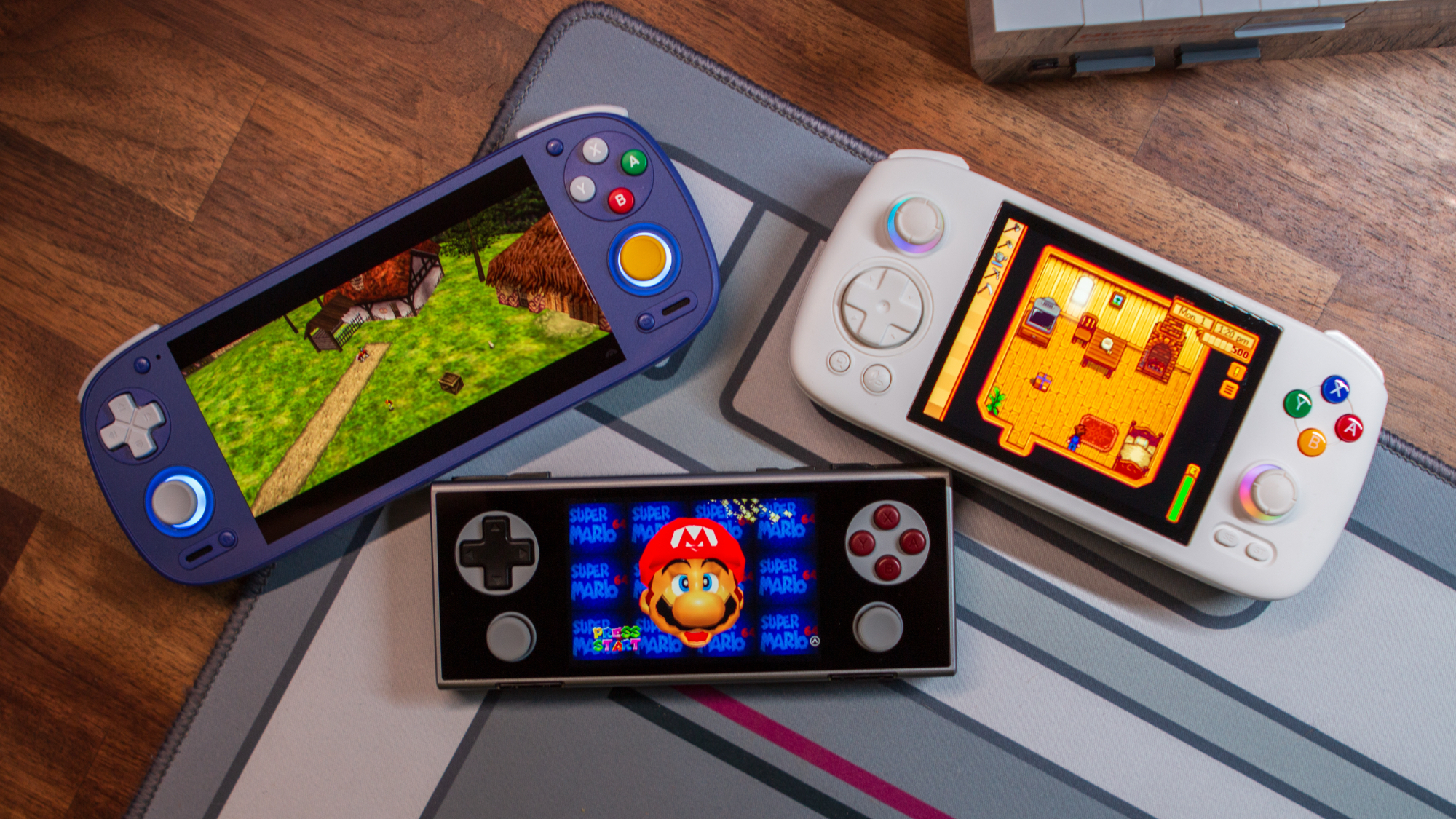Amazon Fire Phone hands-on
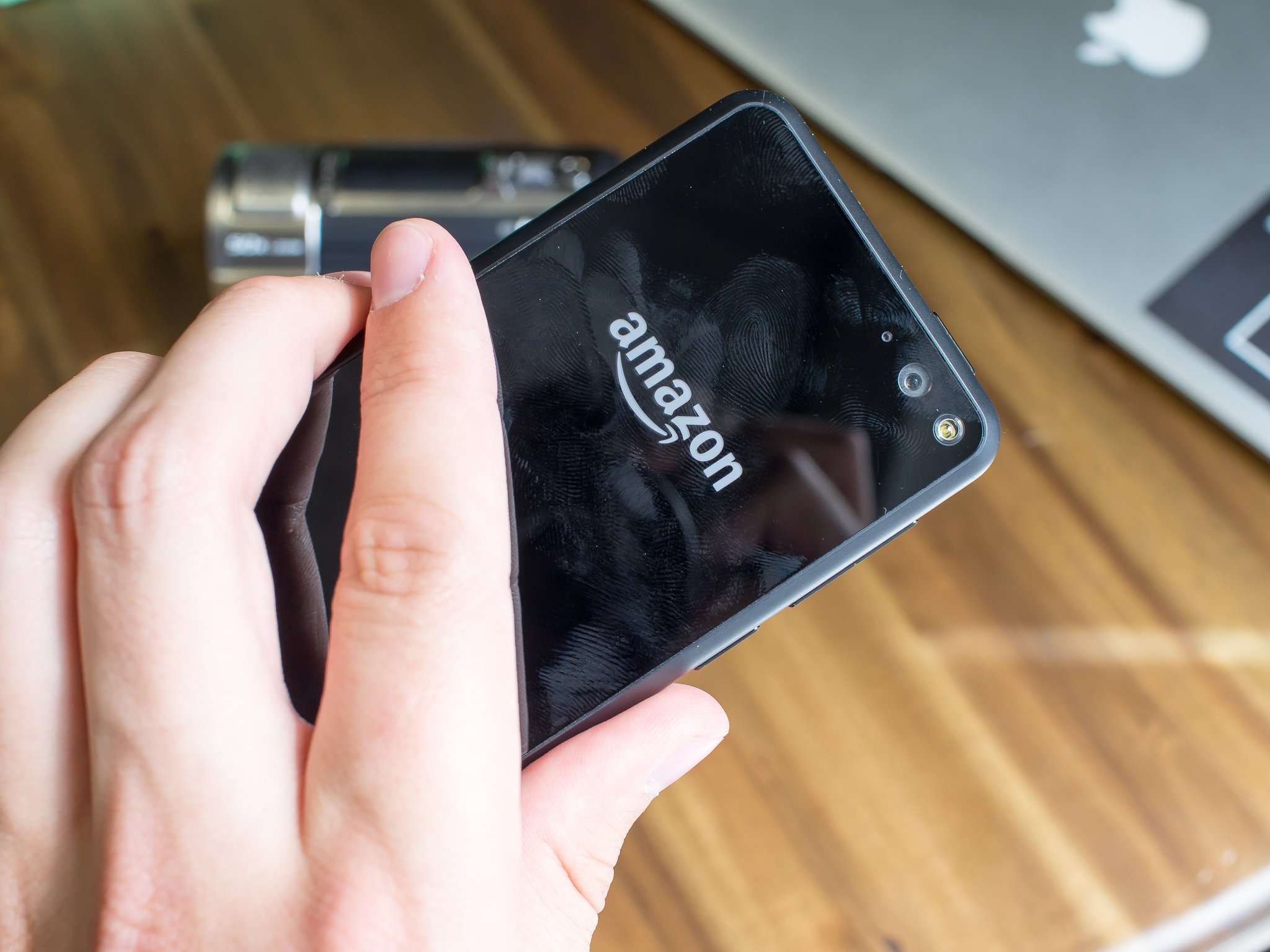
Amazon created a mobile device that speaks to its customer base perfectly, and the end result is the Fire Phone
To the surprise of few, Amazon finally unveiled its first smartphone — dubbed the Fire Phone — today at an event in Seattle. What was surprising, though, are the specifics that surround this latest Amazon Fire-branded device. The long-rumored 3D interface is a reality, but it's done in an interesting way with specialized hardware and being implemented in tasteful portions, not just as a gimmicky feature.
It also sports a good number of user-friendly features that will appeal to the mass market, including great camera specs, easy-to-use Fire OS software and the well-known MayDay button from the Kindle Fire tablets. But as is the case with any Amazon device, the Fire Phone is about far more than the specs.
The first thing to get out of the way is Amazon's 3D interface on the Fire Phone, which is all generated by a technology called Dynamic Perspective. It's part hardware and part software, combining to give you a really neat feature that is used generously throughout Fire OS and can also be tapped into by third-party developers. Four front-facing cameras and four infrared lights can be found around the front of the phone, each one specially-tuned to track your face movement and depth from the phone itself. That's paired up with the standard array of accelerometer, gyroscope and other sensors inside the phone to get a precise location of your head relative to the phone's display.
The end result is the Fire Phone knowing precisely where it is in relation to you, and then reports that information to any app or software layer that wants it. The main Fire OS interface has been turned to take advantage, providing 3D interface elements from the lockscreen to the status bar and inside of all of Amazon's first-party apps. The interface doesn't pop out at you as much as it drops down "below" the screen, giving you a sense of depth that's unlike what you're used to experiencing on a phone. The motion sensing lets you twist the phone to reveal slide-in panels from both sides of the phone, let you scroll up and down pages by tilting back and forth, and even view objects in 3D when browsing items in the Amazon marketplace.
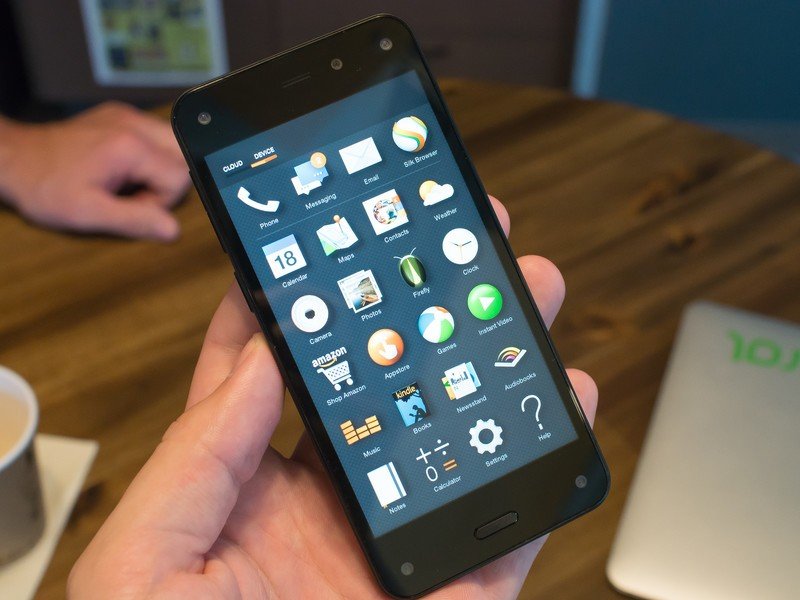
The entire wrist and head gesture-based interface takes some time to get used to, to be honest, but once you get your bearings of what movements get you where, you find it's quite natural. There isn't anything unintuitive about it, it's all what you would expect to happen in the real world — move your head to either side, and you can see "around" objects on the screen. It will take some time to see how this works out for third party developers as well, but Amazon is quite excited about what they've seen from the few developers they've partnered with to make apps and games for release.
Going beyond the 3D features, Amazon is introducing a new feature called Firefly that is basically a barcode scanner taken to the maximum. You can scan any bar code, phone number, object, sign or person, and Firefly will do its best to recognize what's in the photo. Products can be searched for and found on Amazon, phone numbers can be called or saved and other items can be added directly to third-party apps that plug into the Firefly SDK. Going a step further, Firefly can watch TV and movies or listen to music and give you information on those items as well — TV and Movies will even be recognized down to the scene and exact timestamp that you recorded, letting you start watching on your phone via Amazon Prime Instant Video right away.
Firefly works by leveraging on-device processing to pick out the important parts of the items you scan, then comparing it to an image library on Amazon's cloud of over 100 million objects. The entire process is handled in-house by Amazon, and considering it's the store where you can buy just about anything, it has the database to recognize anything you'd ever want to.
Be an expert in 5 minutes
Get the latest news from Android Central, your trusted companion in the world of Android

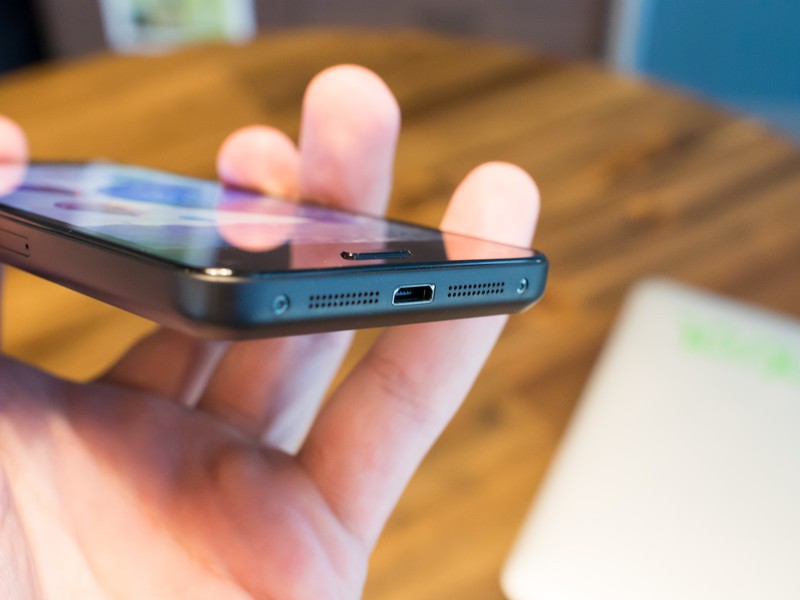
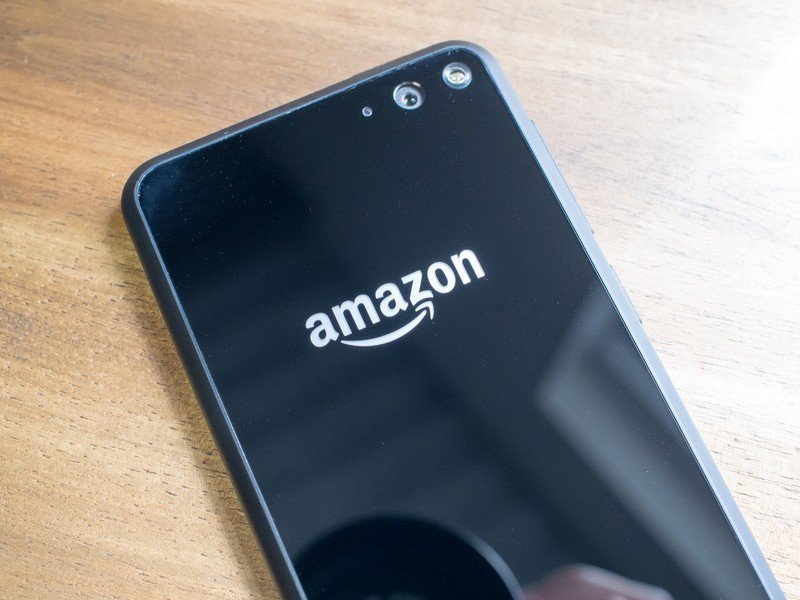
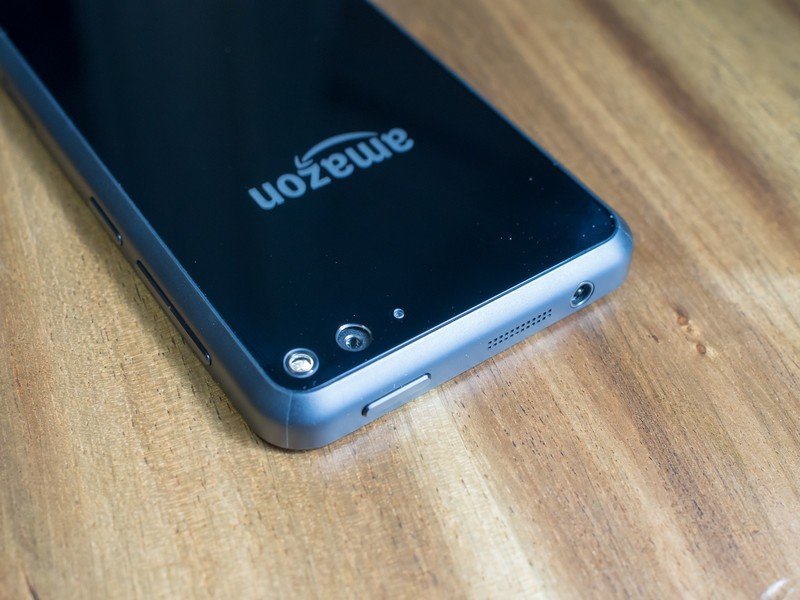
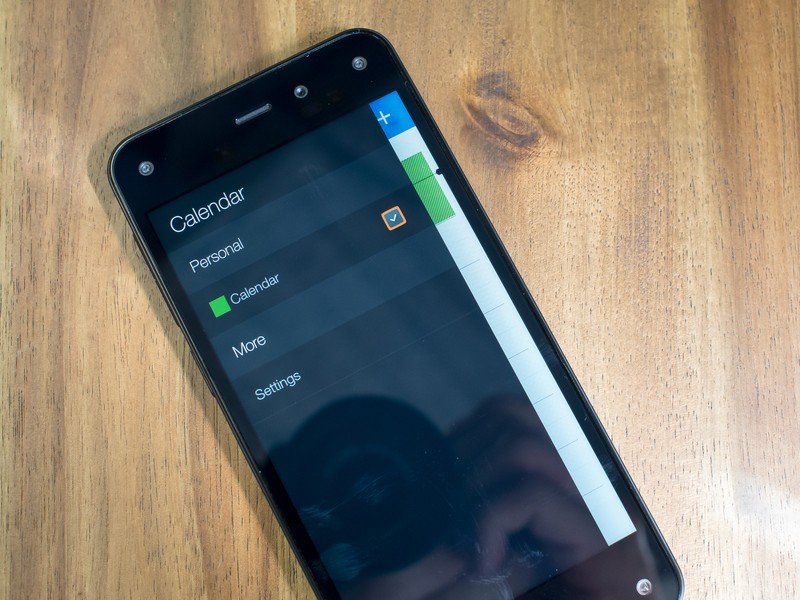
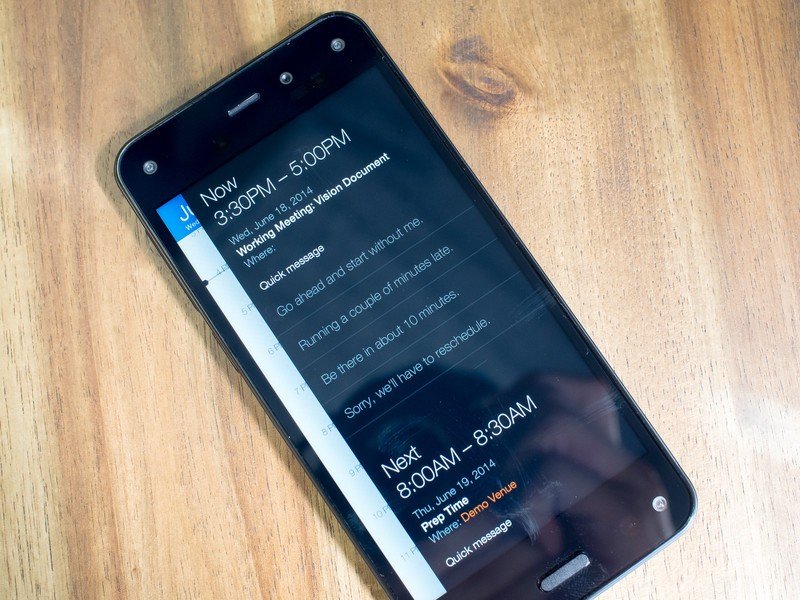
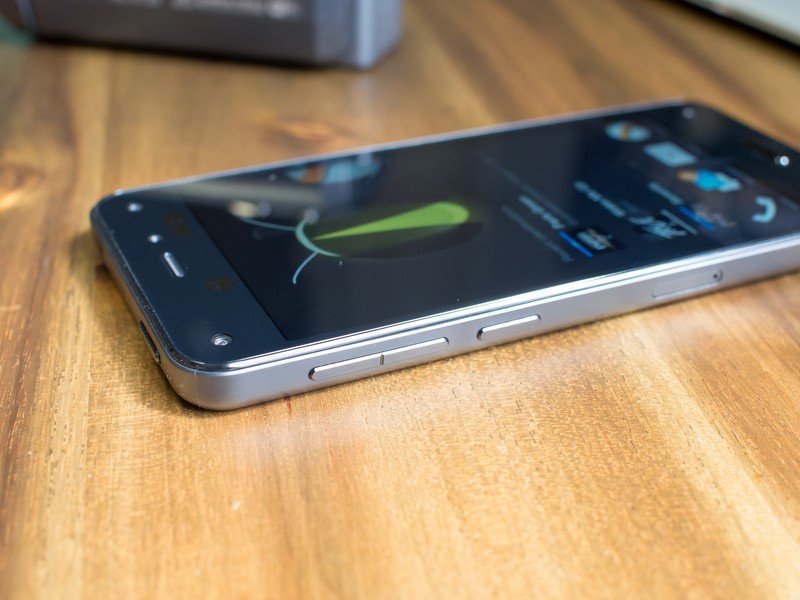
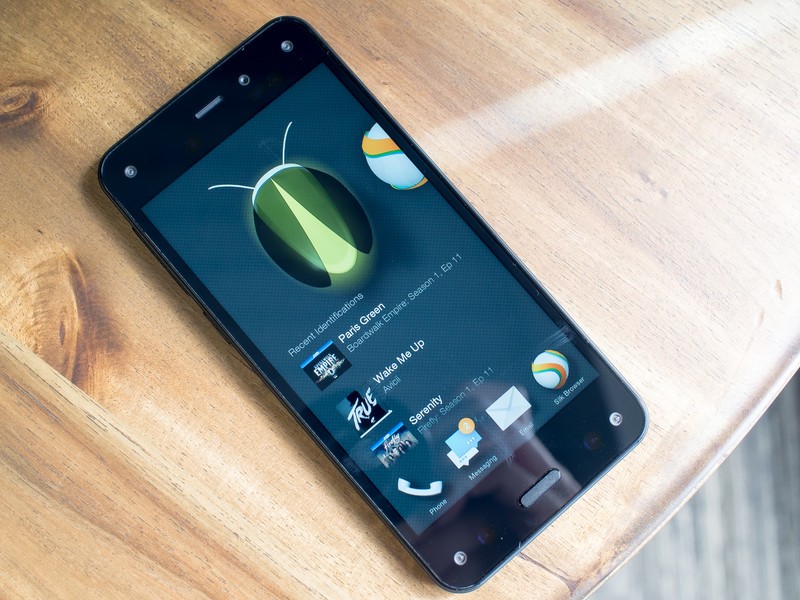
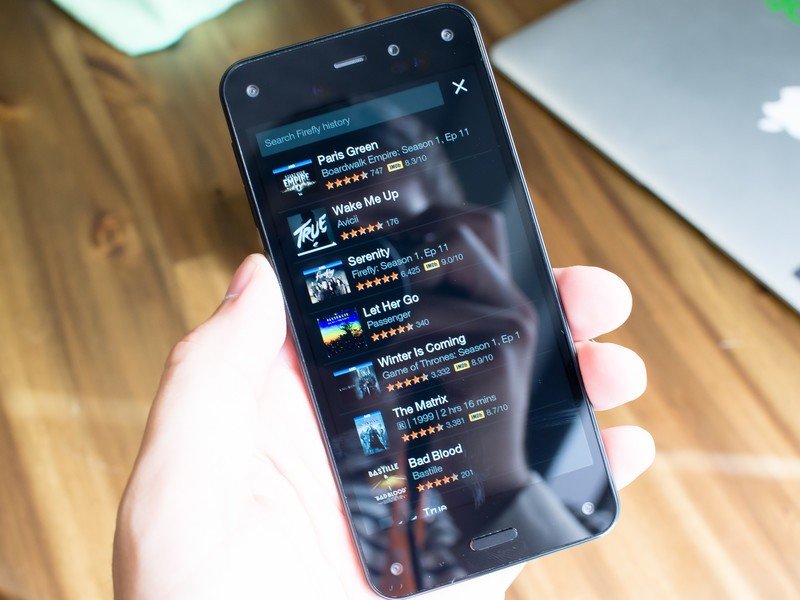
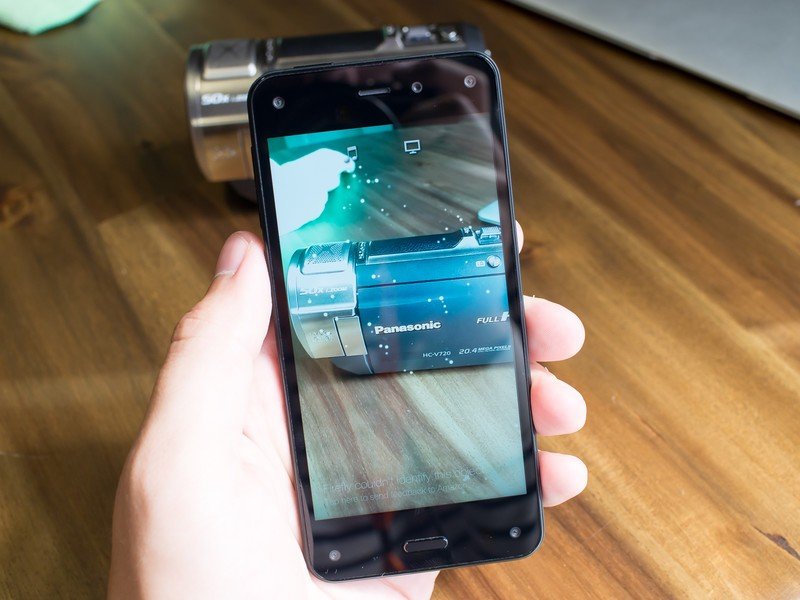
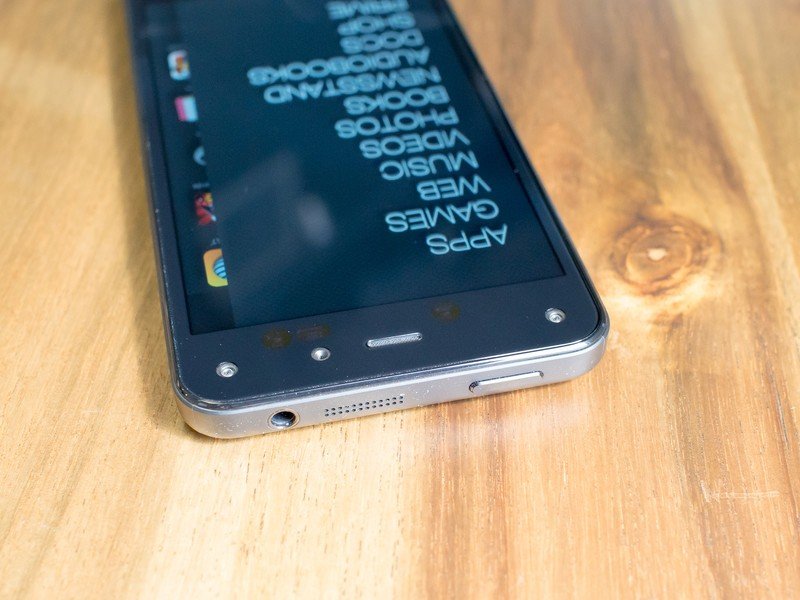
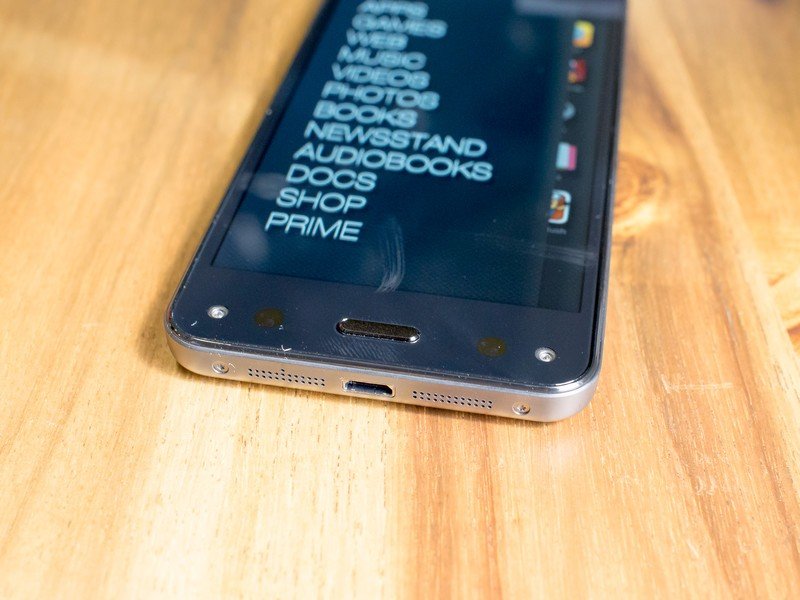
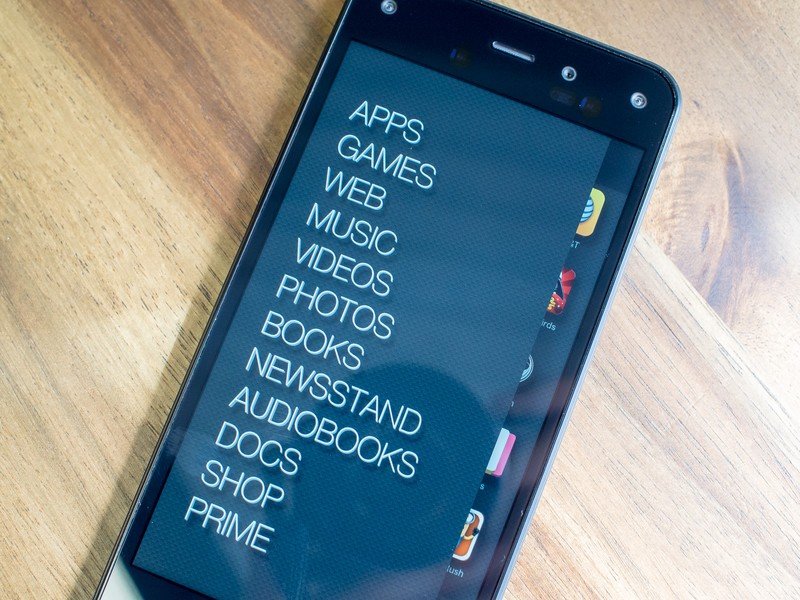
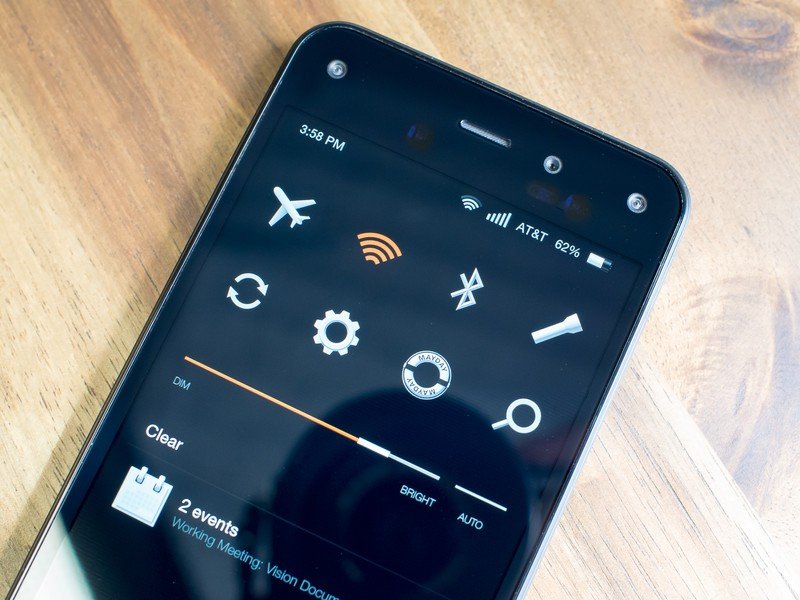
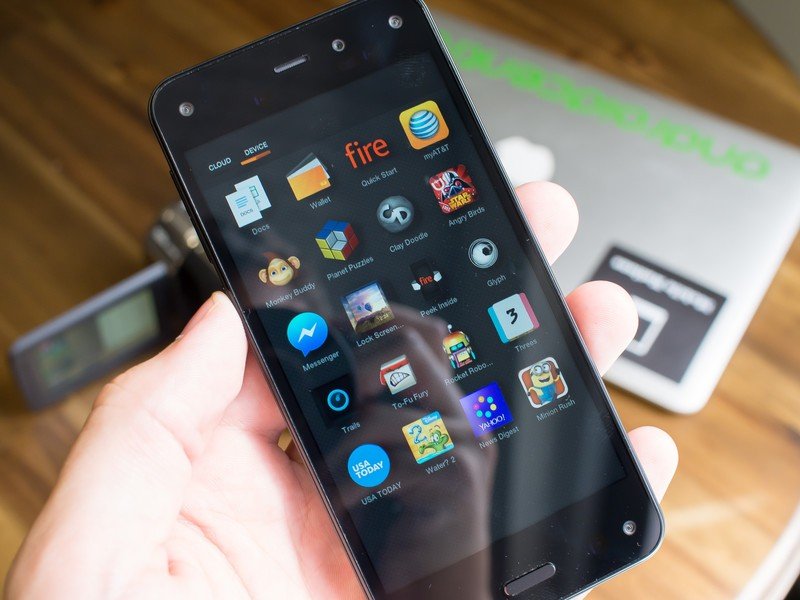
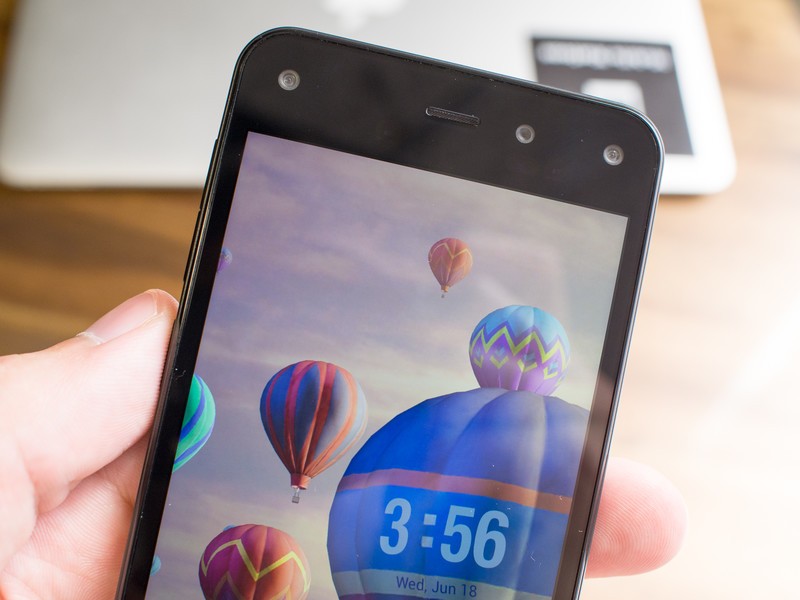
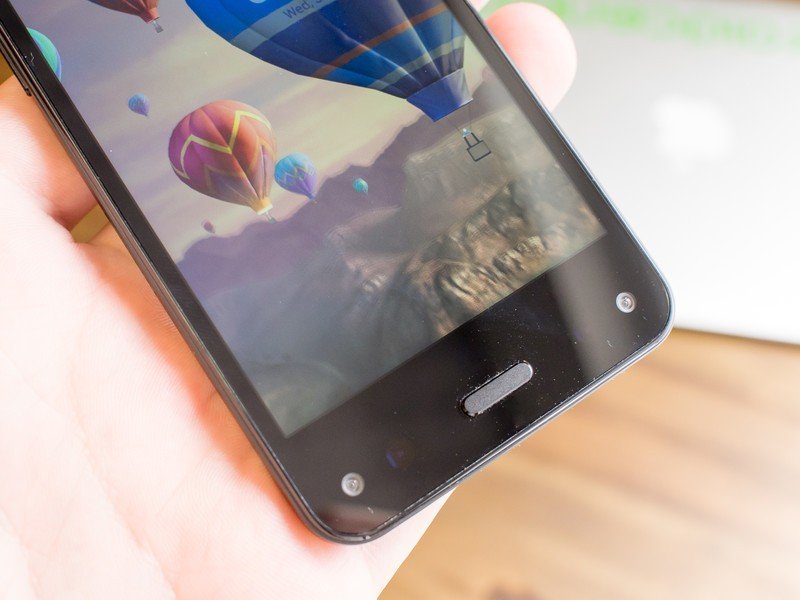
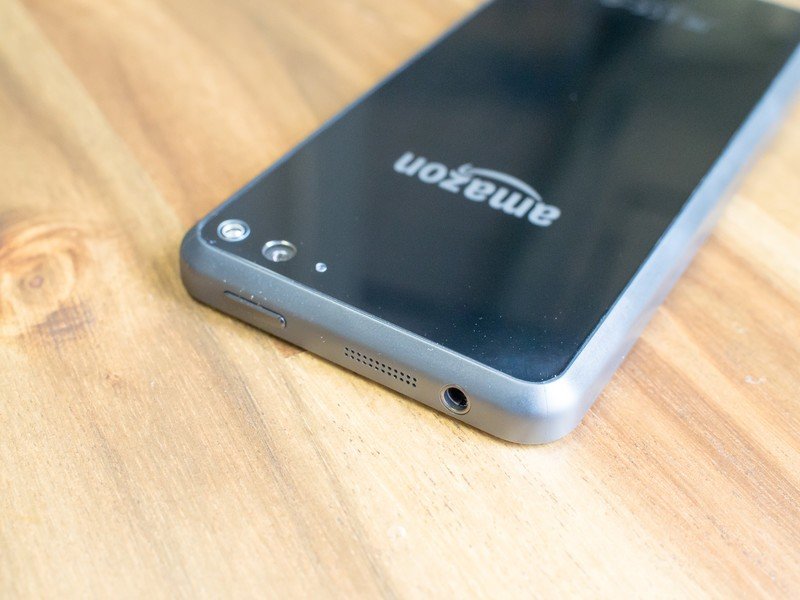
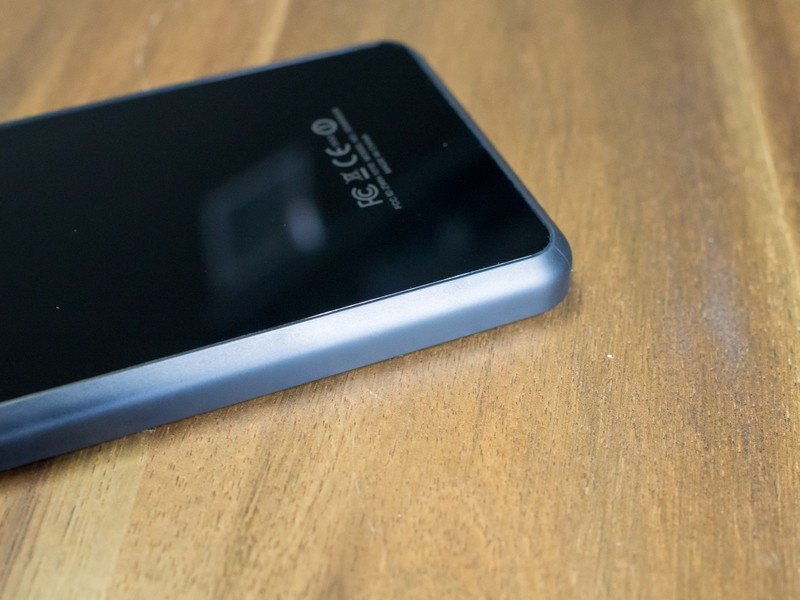
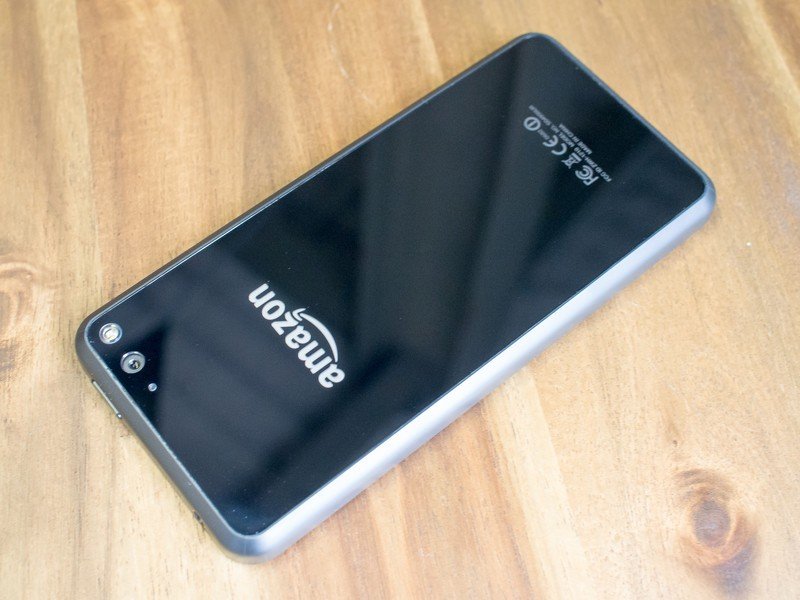
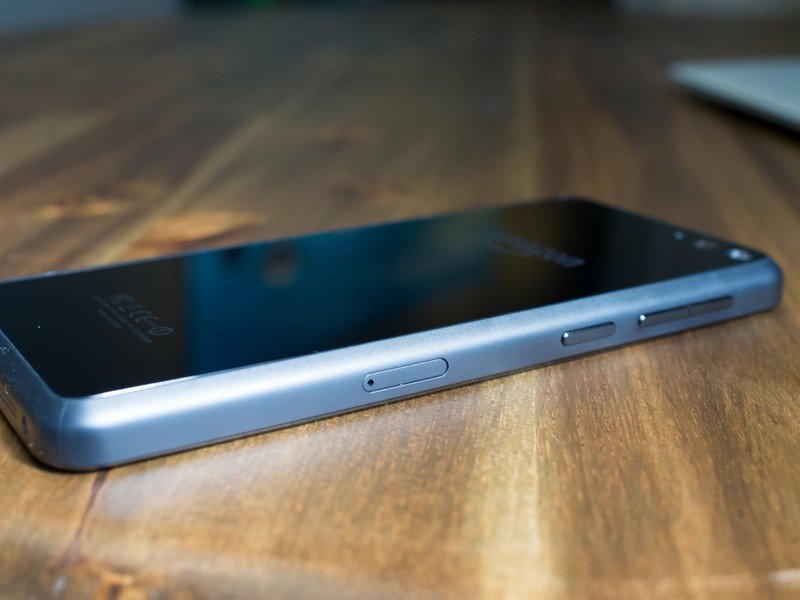
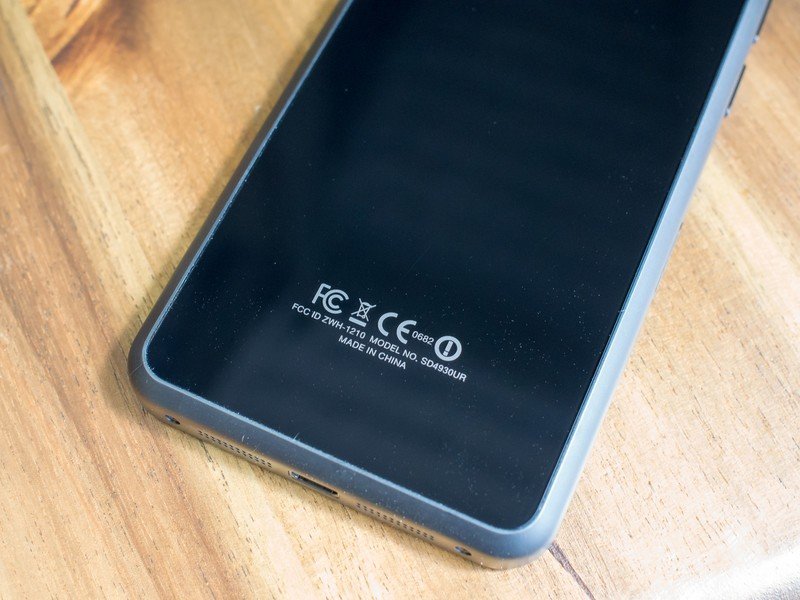
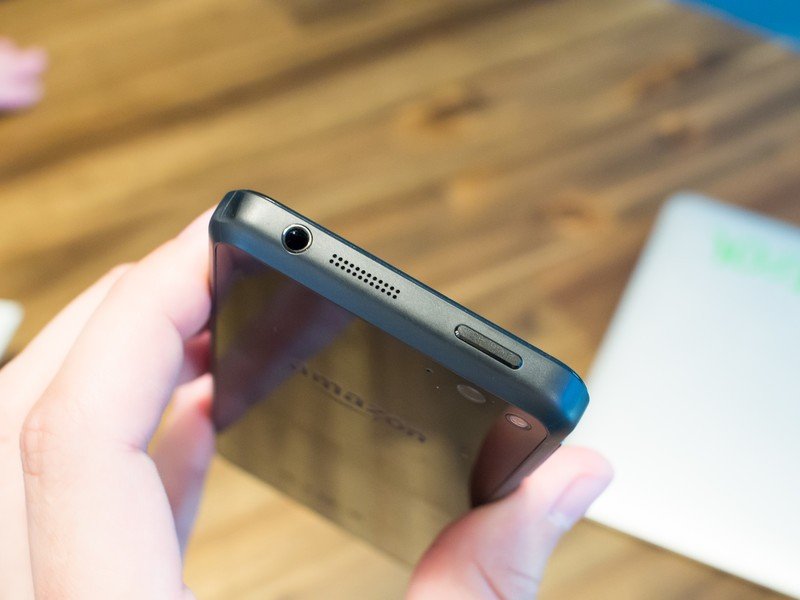
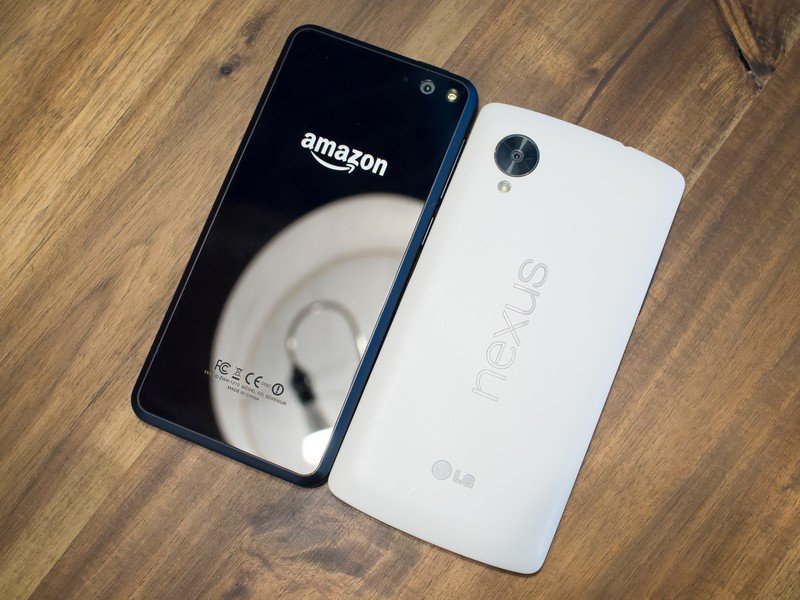
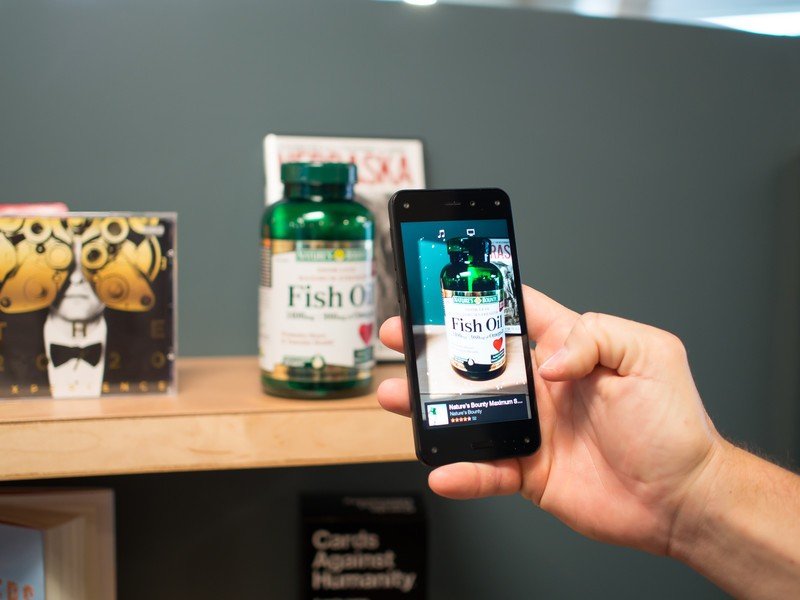
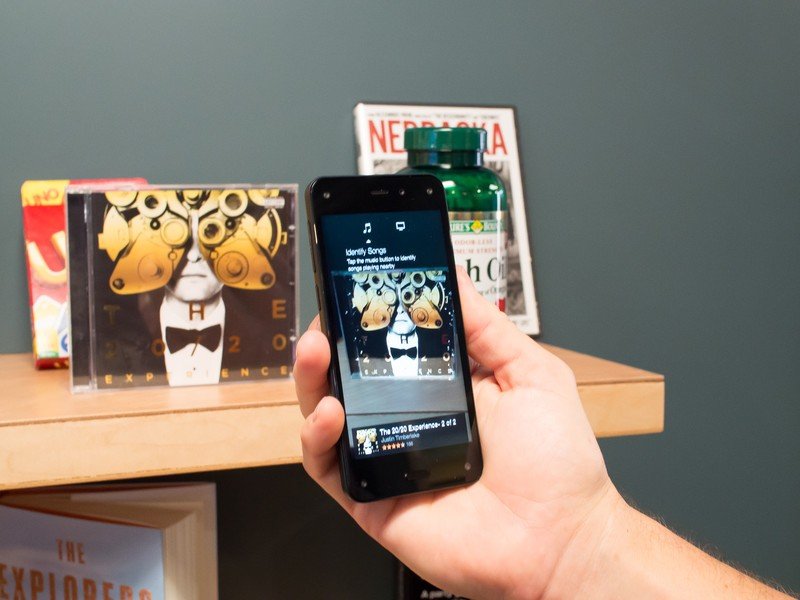
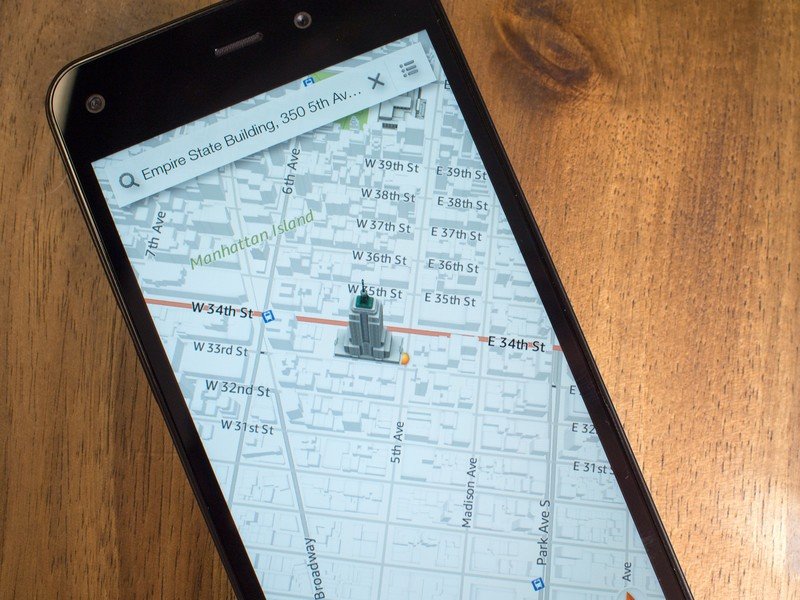
On the hardware side, there's plenty to like about the Fire Phone. If you're at all familiar with a Nexus 4, you'll feel right at home here. The device is clad in Gorilla Glass 3 on both sides, with a soft touch feel around the edges between each pane. It makes the phone heavier to be certain, but it also gives a satisfying feel in the hand of a premium device. There are a couple exposed seams at the corners where the plastic comes together, but there's nothing out of place here that makes you think this is a budget device — and it shouldn't at $199 with contract or $649 without.
That's all backed up by a Snapdragon 800 processor, Adreno 330 GPU and 2GB of RAM — more than enough power to run a 720 x 1280 display and handle all of the computation for the Dynamic Perspective and software features on-device.
Does Amazon have a winner here?

The Amazon Fire Phone is certainly a step in a different direction from phones today. This isn't just a spec-matching phone to go out and play toe-to-toe with the Galaxy S5 and LG G3 — it's Amazon's take on what a phone should be, and it's packed in enough features and use-cases into a single device that more than a few people will be interested in it. How much appeal it actually draws will ultimately be limited by its price and carrier restrictions, but as a first start for Amazon in the phone marketplace, we're excited about the Fire Phone.
Have you listened to this week's Android Central Podcast?
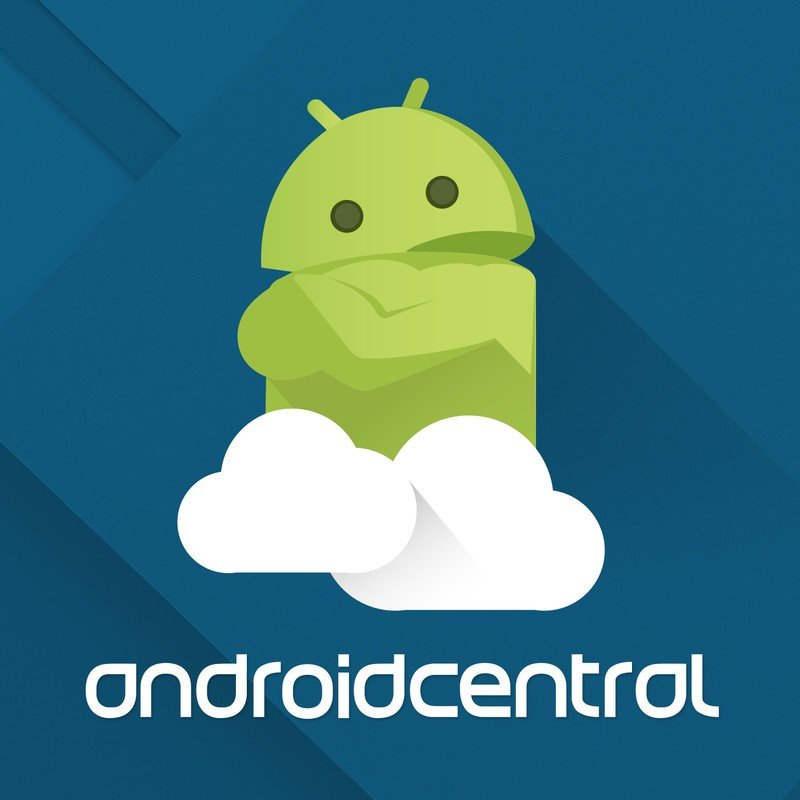
Every week, the Android Central Podcast brings you the latest tech news, analysis and hot takes, with familiar co-hosts and special guests.
Andrew was an Executive Editor, U.S. at Android Central between 2012 and 2020.

